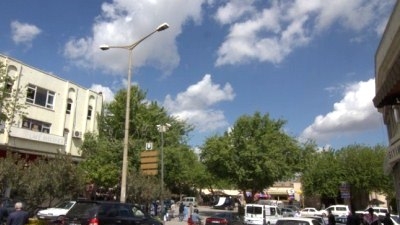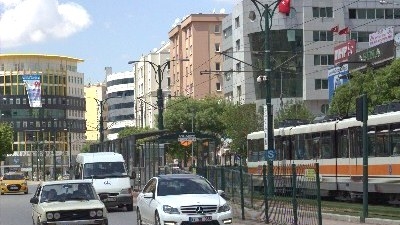Gaziantep’s rapid expansion has placed significant pressure on its land and environment. And with a population anticipated to reach 3 million over the next 20 years, municipal planners face the challenge of ensuring its existing and new infrastructure can sustain the city’s explosive growth.
In recent years, the Gaziantep Metropolitan Municipality (GMM) has taken a number of steps to tackle energy efficiency challenges and, as such, was a natural venue for one of the first global pilots of the Tool for Rapid Assessment of City Energy (TRACE) in 2011.
TRACE was developed by the World Bank’s Energy Sector Management Assistance Program (ESMAP) in 2010 as a means to help city planners target and prioritize energy efficiency interventions. The TRACE deployment in Gaziantep placed the city at the forefront of Turkey’s ambitious “greening” agenda and directly informed the creation of a Sustainable Cities investment program in the World Bank’s US$ 4.4 billion 2012-2015 Country Partnership Strategy with Turkey.
Stephen Karam, a Sector Leader with the World Bank’s Europe and Central Asia (ECA) Sustainable Development Department, said the TRACE tool offered an excellent entry point for a dialogue with GMM planners about how best to identify and implement energy efficiency improvements.



